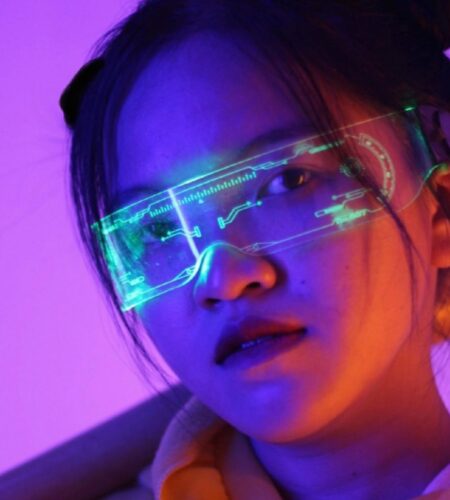Virtual Reality (VR) and Augmented Reality (AR) are no longer confined to the realms of science fiction; they’re becoming integral parts of our daily lives, particularly for those of us living and working in the tech space. These immersive technologies are transforming how we entertain ourselves and how we learn, offering new dimensions of interaction and engagement.
The Evolution of Entertainment
VR and AR have dramatically expanded the possibilities of entertainment, creating immersive experiences that go beyond passive consumption.
Virtual Reality in Entertainment
VR technology has revolutionized gaming, offering players fully immersive environments where they can interact with digital worlds in unprecedented ways. Platforms like Oculus Rift, PlayStation VR, and HTC Vive have brought high-quality VR experiences to the mainstream, allowing users to step into new worlds and experience games from a first-person perspective.
Beyond gaming, VR is making waves in the film industry. Directors are experimenting with VR to create 360-degree movies that place viewers at the center of the story. This new form of storytelling offers a unique level of immersion, where viewers can explore scenes and perspectives at their own pace. The Sundance Film Festival and other major events have begun to feature VR films, showcasing the growing acceptance and potential of this medium.
Augmented Reality in Entertainment
AR, which overlays digital information onto the real world, has found widespread use through mobile apps and devices. The success of games like Pokémon Go demonstrated the potential of AR to create engaging, interactive experiences that blend the virtual and physical worlds. AR apps like Snapchat and Instagram filters have also become part of daily life, allowing users to enhance their photos and videos with digital effects.
AR is extending its reach into live events and theme parks, creating experiences where audiences can interact with digital characters and environments in real-time. These innovations are enhancing traditional entertainment formats, making them more interactive and engaging.
Transforming Education
The impact of VR and AR extends beyond entertainment; these technologies are also revolutionizing education by providing immersive and interactive learning experiences.
Virtual Reality in Education
VR offers students the opportunity to experience lessons in a more engaging and interactive way. Educational VR applications can transport students to historical sites, deep into space, or inside the human body, offering immersive experiences that enhance understanding and retention. For instance, platforms like Google Expeditions allow teachers to take their classes on virtual field trips, providing experiential learning that is both informative and captivating.
Medical education has seen significant benefits from VR. Medical students and professionals can use VR simulations to practice surgeries and other procedures in a risk-free environment, improving their skills and confidence before operating on real patients.
Augmented Reality in Education
AR is enhancing traditional learning by adding interactive elements to textbooks and classroom materials. AR apps like Quiver and Merge Cube bring static images to life, allowing students to interact with 3D models and animations that illustrate complex concepts. This interactive approach makes learning more engaging and helps students visualize and understand abstract ideas.
AR is also being used in professional training. Industries like aviation, automotive, and manufacturing are using AR to provide on-the-job training, overlaying instructions and information onto real-world equipment to guide workers through tasks and procedures.
The Future of VR and AR
The potential of VR and AR is vast, and ongoing advancements in technology promise to further expand their applications. Improvements in hardware, such as lighter headsets and more powerful processors, will make these technologies more accessible and comfortable for extended use. Developments in software, including more sophisticated AI and machine learning, will enhance the interactivity and realism of VR and AR experiences.
Virtual Reality and Augmented Reality are at the forefront of technological innovation, reshaping the landscapes of entertainment and education. For everyone who’s willing to use them, these technologies offer immersive, interactive experiences that enhance engagement and learning.


